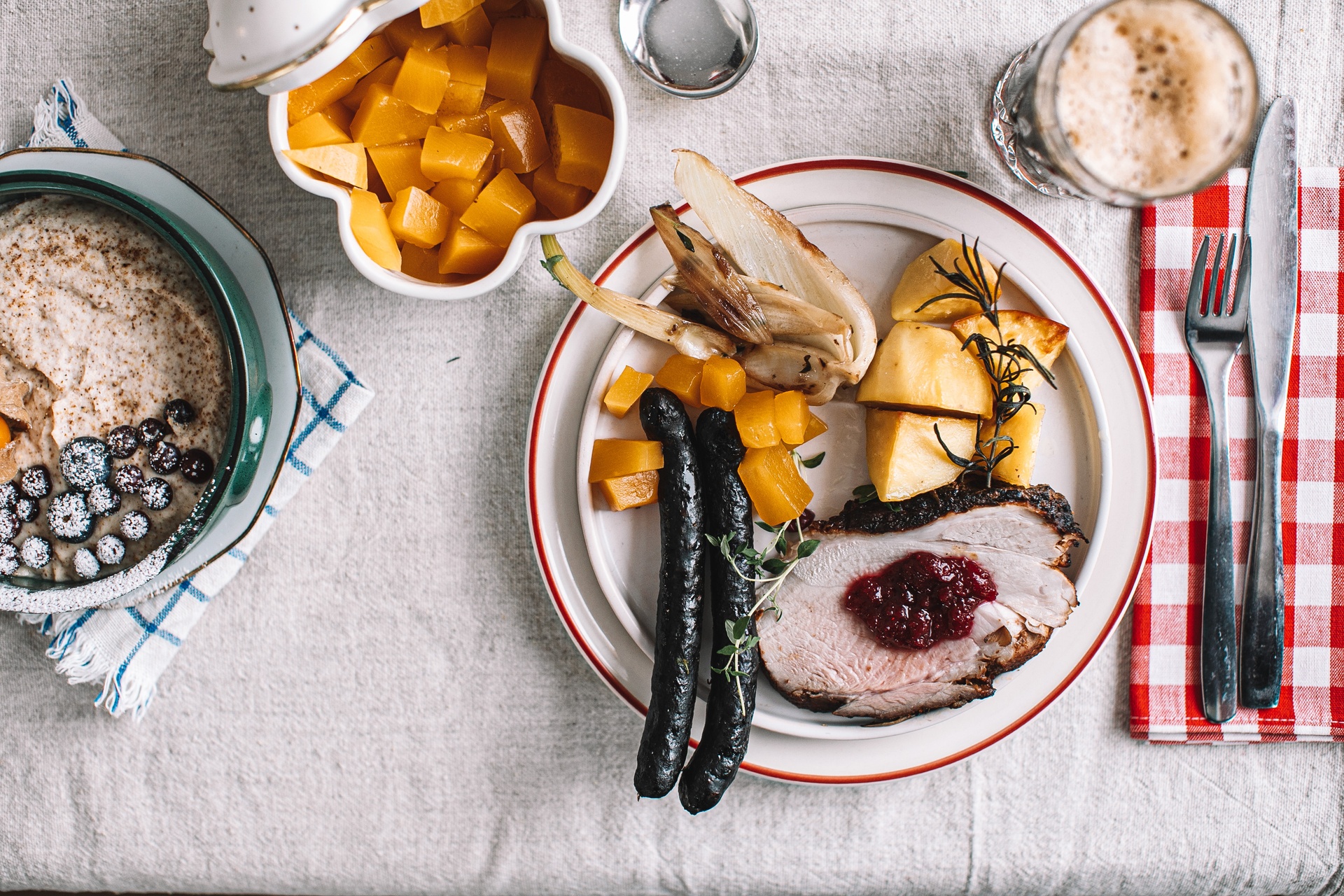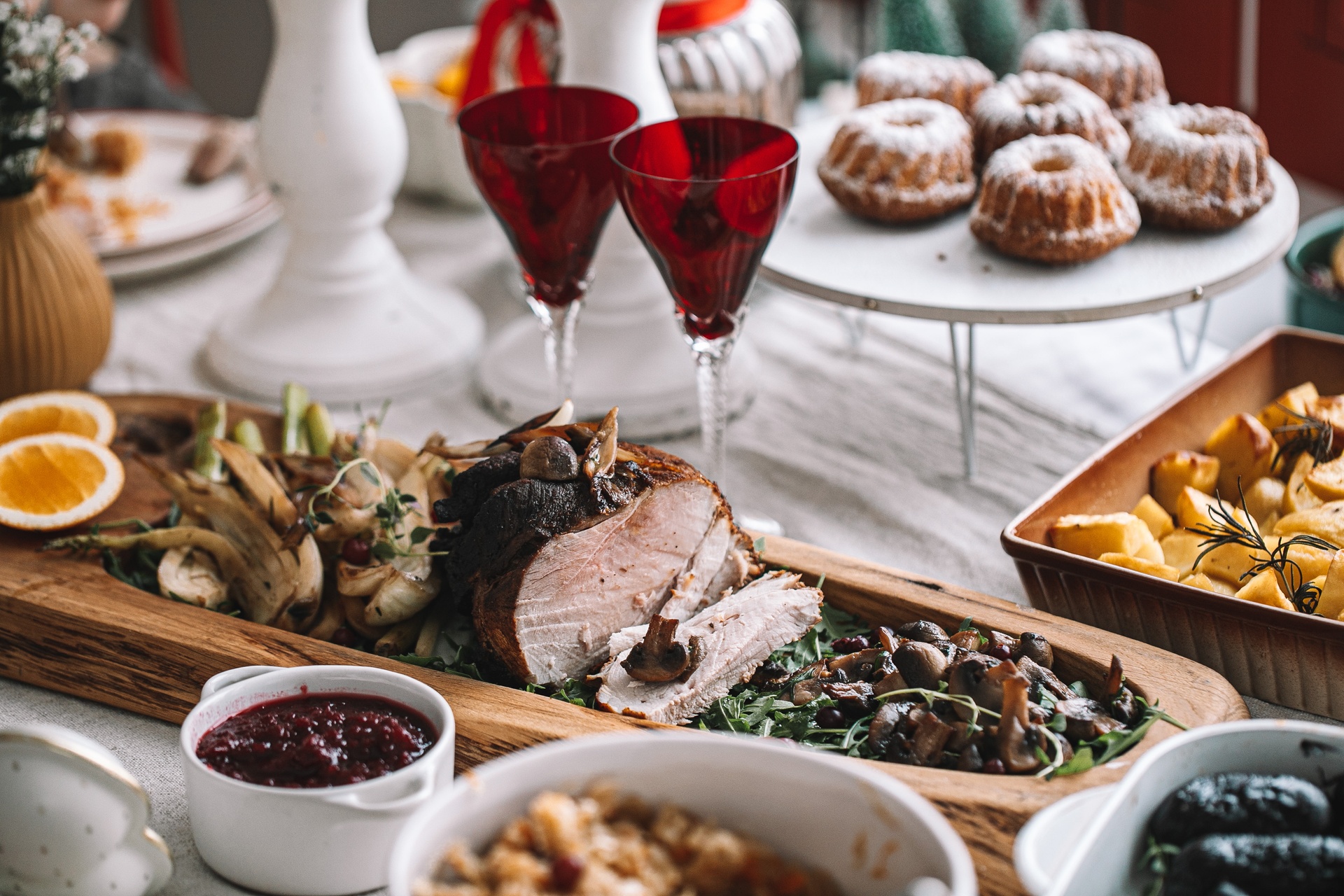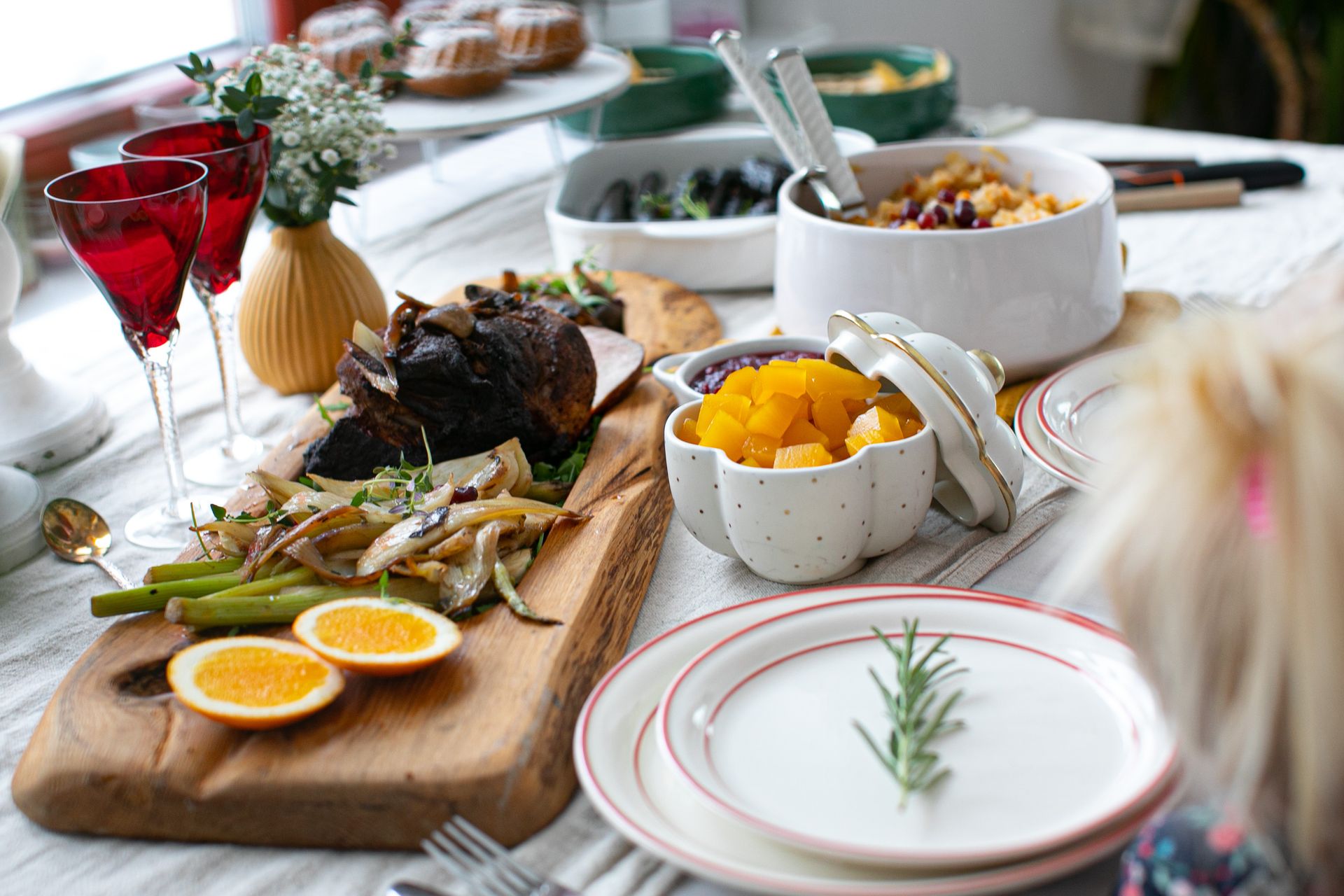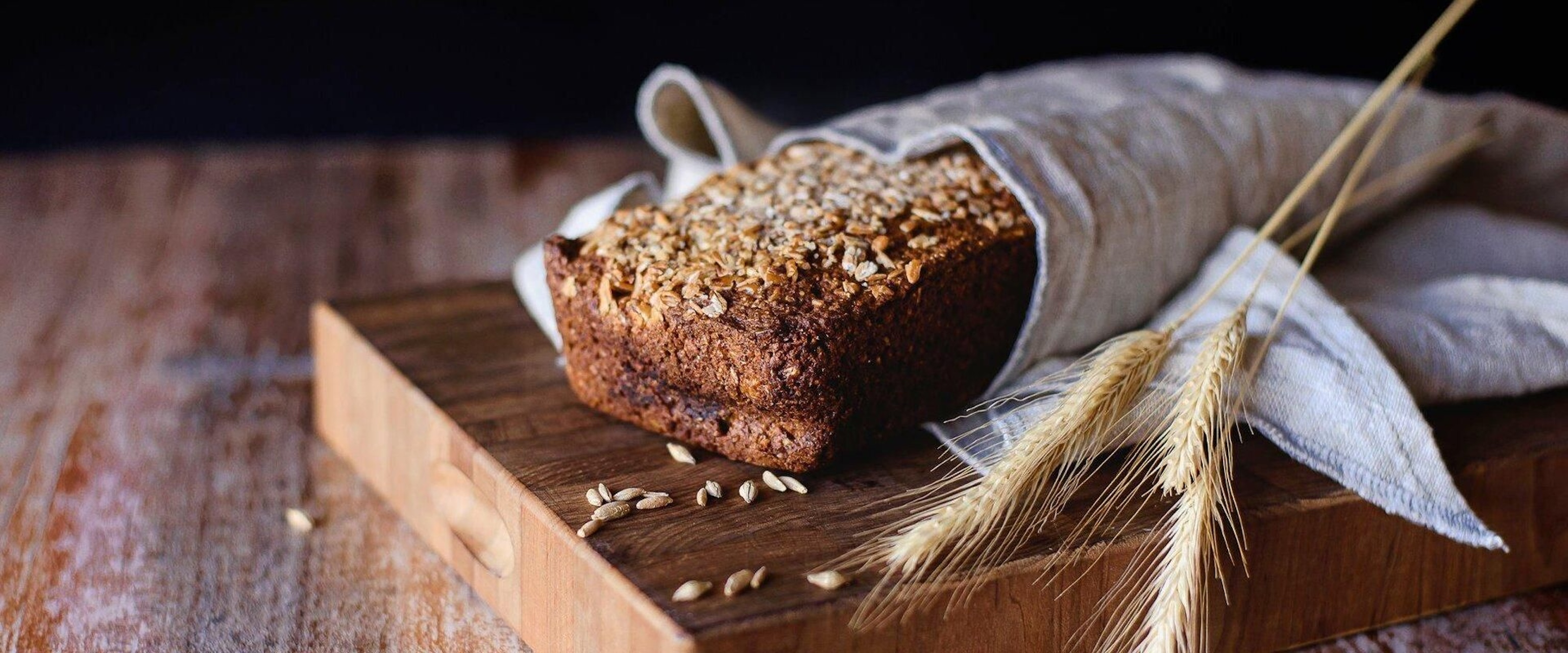All about traditional Estonian food
Estonia's traditional foods tell the history of a nation through the bounty of its land. Savor the stories along with the flavors.
Estonian food blends of culinary styles and stories.
And the four seasons are the foundation of Estonian cuisine.
Gastro travelers are enchanted by the unexpected mix of generations-old traditions and up-to-the-minute innovations. This drives visitors to take time to sip, savor, and seek behind-the-scenes knowledge.
A glance at the history of Estonian food
Estonians were traditionally farmers who grew their own crops and raised their own livestock. Food was often prepared in large pots from which everyone ate as a family. These dishes featured grains such as barley and wheat or vegetables such as cabbage, swedes, and turnips, accompanied by dark rye bread. Potatoes were introduced in the mid-18th century and are now a staple of traditional Estonian cuisine.
In the early 20th century, many rural Estonians moved to the city, which altered their diet, eating habits, and access to food.
During the first republic of Estonia, grocery stores and markets became part of the cityscape, and Estonians also began to run cafés and restaurants. Coffee, rice, spices and cane sugar (in place of the honey and sugar made from vegetables that had been used before) became more widely available. Cookbooks and cooking courses began to gain popularity.
This progress came to a halt after World War II. The following period marks stagnation in the history of Estonian culinary culture. People went to restaurants to socialize rather than to enjoy the food. However, some of the foods introduced during this time, such as pelmeni (dumplings), shashlik (grilled marinated meat), and seljanka (a soup with various types of meat), are still popular today.
Once the occupation ended, borders reopened, and Estonia again had access to new flavors and products, innovative cooking techniques, and chefs from other countries.
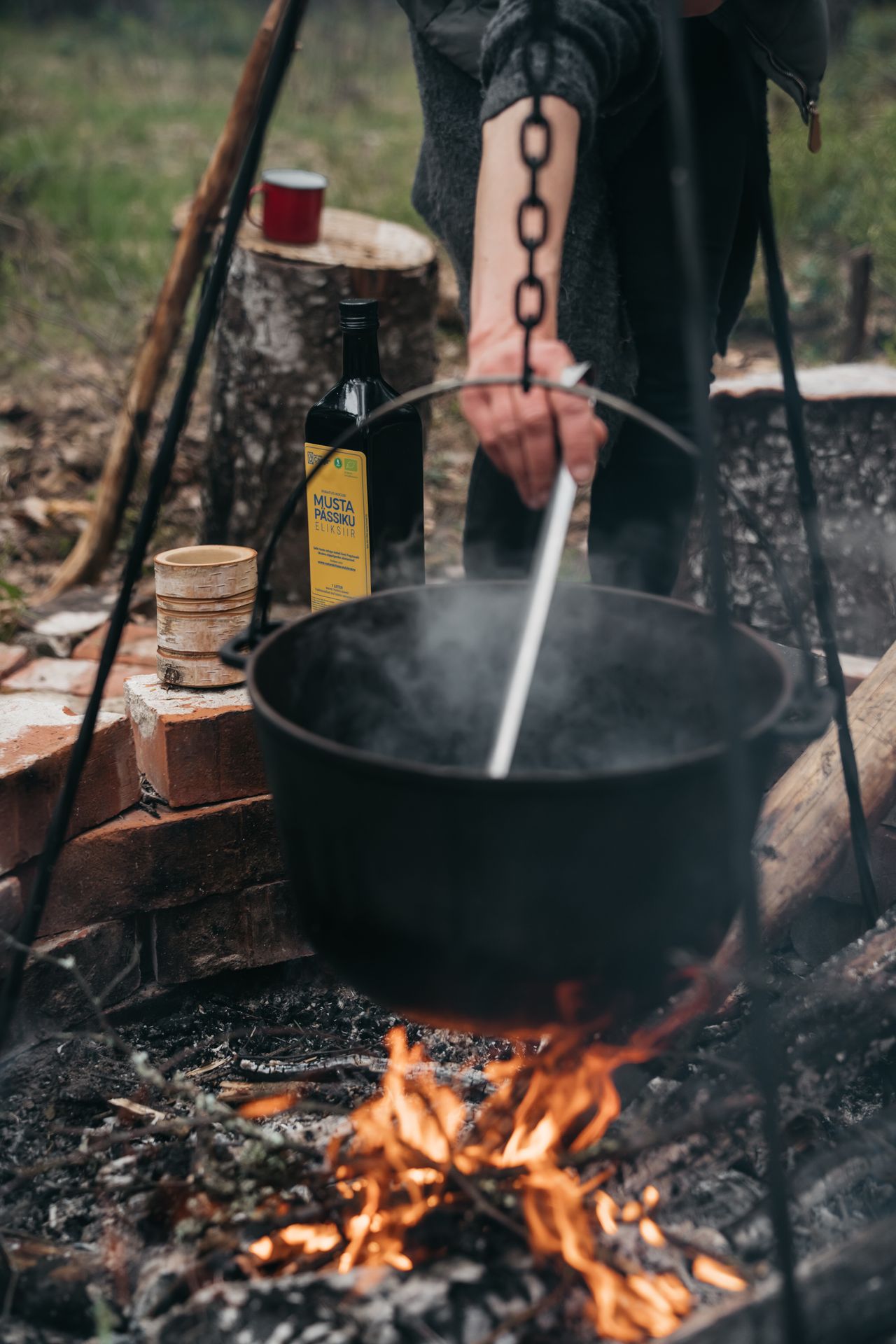
Photo author: Hans Markus Antson
Food from the forest
In spring, summer, and autumn, the most popular Estonian foods come straight from the garden or forest.
Collecting food from nature starts in the spring, when wild garlic, nettles, young spruce shoots, and more turn the forest into a veritable salad bowl. Then, from the beginning of July to the end of October, the forests teem with mushrooms and berries, such as blueberries, lingonberries, and cranberries. Inventive local chefs use them in their restaurants to give their dishes a seasonal touch.
An expert guide can show you the best foraging spots and share tips on identifying forest foods.
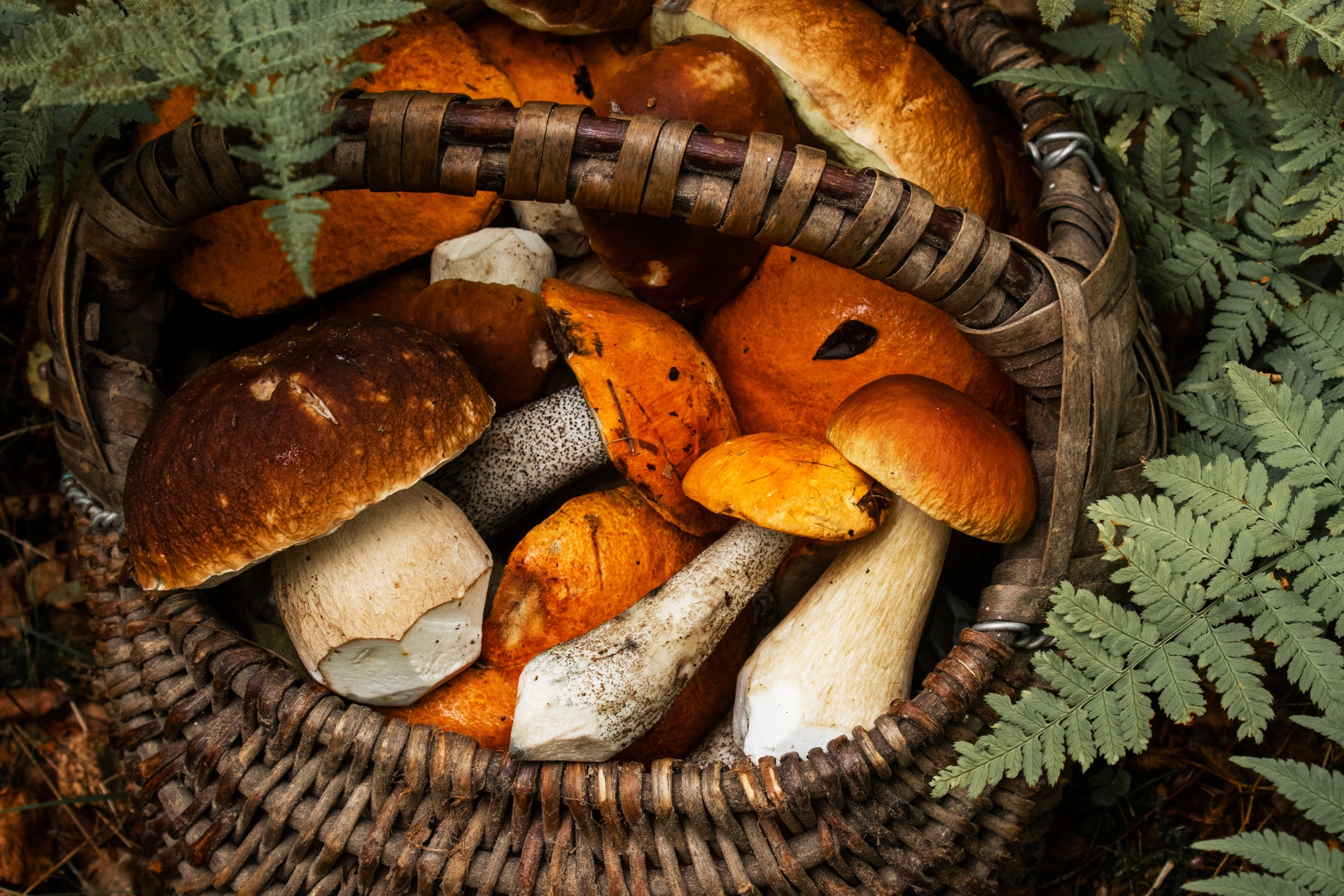
Photo author: Karl Ander Adami
"Lingonberries, chanterelles, boletuses, wild garlic: Estonia's culinary gold comes from nature."
Tom Peeters, Lonely Planet
Learn more about Estonian food
Discover a heartfelt respect for the cooking crafts of bygone days and a genuine desire to support forward-thinking kitchen creatives.
Fine dining outdoors
Treat yourself to a culinary experience in nature or learn to cook over an open campfire.
Get inspired
Last updated
08.12.2025
